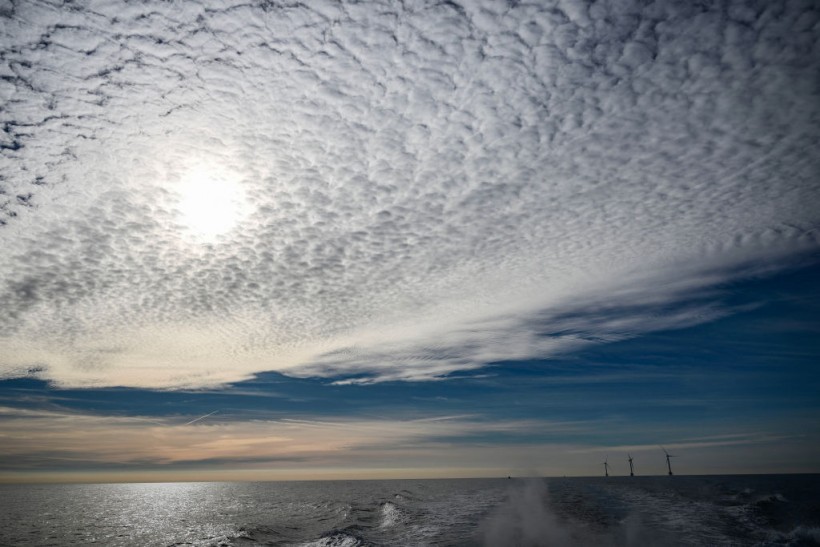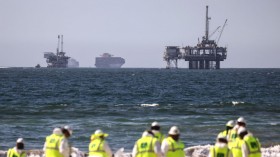Researchers said that ocean temperature was the main driver of marine heat wave that occurred in the East Sea in 2021.
They investigated the record-breaking intensification and abrupt weakening of the East Korea Warm Current (EKWC) in the summer of 2021.
They also analyzed the ocean data assimilation products resolving this event to examine the association between the abrupt changes in the EKWC as well as in the various oceanic and atmospheric factors.
Oceanographic Change
The results of the study had indicated that during the summer of 2021, the EKWC extended northward beyond its climatology, reaching up to 40°N with the maximum speed of 1.16 m s-1 on August 1.
The cause of such abrupt oceanographic change could be attributed to temperature gradients between the coast and offshore locations and changes in wind patterns, linked to coastal downwelling and freshwater discharge from rivers that began to develop in early July 2021.
In such areas, warm surface waters are "pushed" to greater depth, while cold-nutrient rich waters are prevented from reaching the surface along the coastal region, hence making them zones of low productivity for marine organisms.
In the middle of August, the EKWC underwent a rapid weakening, returning to its climatological level.
Experts noted that this could be attributed to the temporal variability in the anomalous EKWC in 2021 to the distinct temporal variability in the dynamic height anomalies between coastal and offshore regions.
Scientists said that with the continuous rise in the concentrations of greenhouse gas, both the frequency and intensity of extreme ocean events are anticipated to globally increase across temporal and spatial scales.
The dynamical responses as extreme ocean events, especially in the vicinity of coastal or oceanic boundary regions, can inflict significant economic and societal damage to human life.
These dynamical responses in boundary regions correspond to variations in the boundary currents that govern the transport of heat and materials and, eventually, influence local weather patterns and marine productivity.
Read Also: New Set of Ocean Temperature Data Might Help Scientists Create Better Models and Predictions
Factors Of Ocean Circulation
Based on the study, the factors that influence the ocean circulation in boundary regions can be categorized into coastal processes and offshore forcing. Coastal processes usually emerged from local forcing near coastal regions, including wind-driven coastal upwelling, freshwater discharge from rivers, and coastal trapped waves.
The East/Japan Sea, a semi-closed marginal sea located in the mid-latitude region of the Northwest Pacific, serves as a natural laboratory because it mirrors characteristic processes occurring in the open ocean.
The EKWC usually plays a crucial role in modulating the oceanic environment in the East/Japan Sea and its adjacent countries.
This current is responsible for the transport of warm water over cold subsurface water, which extends from the coastal region off the east coast of Korea to the southern half of the East/Japan Sea.
They observed that the heat content gradually increased until early August 2021, followed by a subsequent decrease.
This heat content variability was much stronger than that indicated by the climatology.
The subsurface layer between 200 and 300 m contributed the most to the variations in the overall heat content, owing to the most pronounced temperature increase observed within this depth range in July 2021.
Related Article: Consequences of Global Warming: Ocean Temperature Higher Than Previously Thought
© 2024 NatureWorldNews.com All rights reserved. Do not reproduce without permission.




![Venomous Centipede Could be Game-Changer and Save Lives of People with Kidney Disease [Study]](https://1471793142.rsc.cdn77.org/data/thumbs/full/70407/280/157/50/40/venomous-centipede-could-be-game-changer-and-save-lives-of-people-with-kidney-disease-study.jpg)

